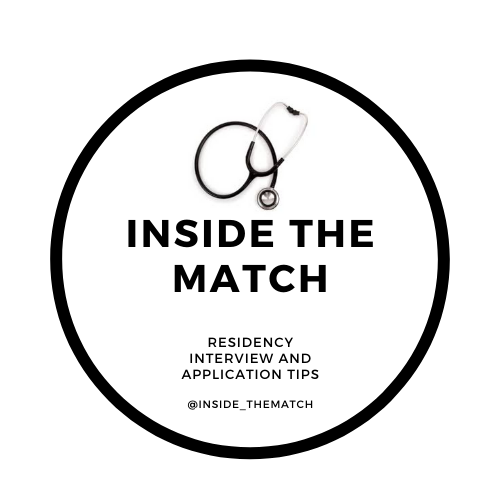How to Succeed on a Pathology Clerkship
Written by Clarissa E. Jordan, M.D.
Having matched as an anatomic and clinical pathology resident two years ago, I’m really passionate about helping medical students interested in pathology and wanted to share what I learned in the hopes that it might be useful. First a couple of disclaimers: these are my personal opinions and experiences, and may not be representative of all students or residents. The views expressed herein are my own and do not reflect the views of my employer.
Congratulations on your decision to take a pathology clerkship — you’re in for a treat! (In my experience at least, we’re pretty true to our Dr. Glaucomflecken stereotype). Below are a few tips that I’ve picked up from taking pathology clerkships during medical school, and from having students on with me as a resident.
Be engaged
In my opinion, showing enthusiasm and engagement is the most important thing you can do as a medical student on a pathology service. Since very little of actual pathology practice is learned in medical school, we don’t really expect you to know much. We do expect you to be engaged and to show interest. Please do ask questions! If you don’t understand something, ask. If you want to confirm your understanding of something, ask — this is a great way to demonstrate that you are engaged and are learning.
If you do want something to read, I would suggest starting with the classic, Molavi’s Quick Reference Handbook for Surgical Pathology, especially focusing on the first couple of chapters. Read her tips on using a microscope, and learn some of the common pathology terms (e.g. lobular architecture, neuroendocrine features, etc.).
When you’re double-scoping (i.e. sitting at a multi-headed microscope looking at slides) with a trainee or attending, don’t be afraid to speak up and try describing what you see. Even if you’re just describing shapes and colors, that’s a good start. Try to see if you can start to apply some of the terminologies you learned from Molavi. And of course, ask questions if you don’t know something!
Give a presentation
Most pathology clerkships will expect you to give a presentation at the end of the rotation, which is a great time to demonstrate not only what you learned, but also your ability to communicate effectively! Make a note of interesting cases or topics you’re drawn to as you go through your rotation. Once you have a topic in mind, ask your resident if you need help you taking microscopic and/or gross photos. Keep in mind, we’re not expecting an in-depth discussion of the grading of epithelioid mesothelioma; some of the best medical student presentations I’ve seen take relatively basic topics and explain them well.
Perhaps contrary to the popular stereotype, communication is an essential skill for a pathologist, and giving a presentation to faculty, trainees, and other students lets you demonstrate your communication skills. Practice your presentation ahead of time, and let your personality shine through.
Network with faculty and residents
Whether you’re doing this rotation at your own medical school, or as a formal away rotation before applying for residency, use this as an opportunity to network with both faculty and residents. Ask yourself, does this seem like a place you’d like to come for residency? Do you fit in with the residents? Are the faculty here good teachers?
In addition, use this time to ask questions about the residency process in general. Most residents will be happy to discuss this with you, including interview strategy, suggestions on where to apply, questions to ask during your interviews, etc.
Above all, enjoy your pathology clerkship! If you are learning a lot and enjoying the process, your enthusiasm will shine through. Good luck!

